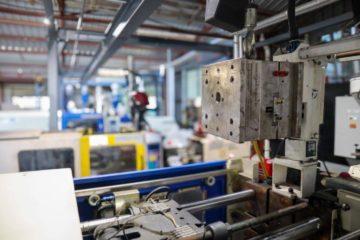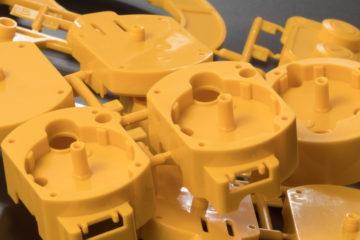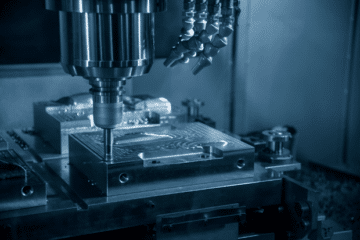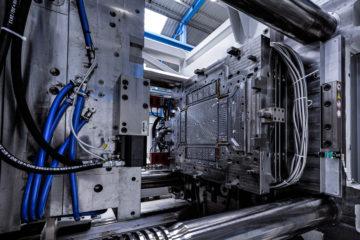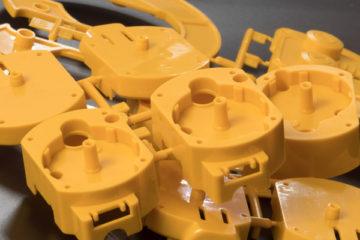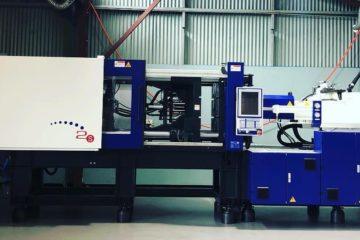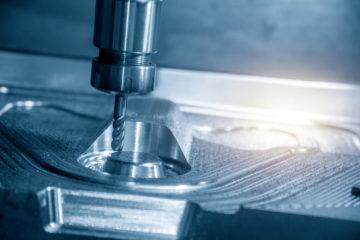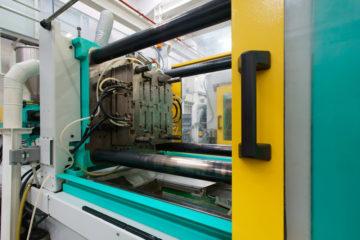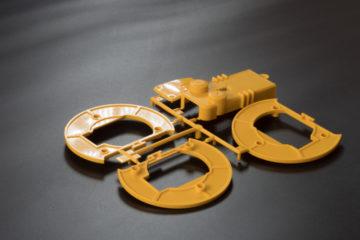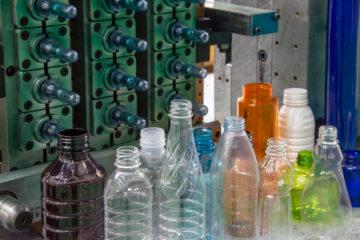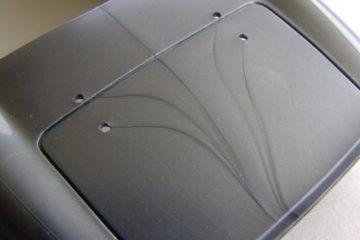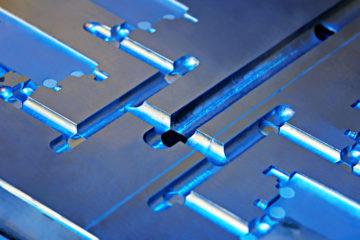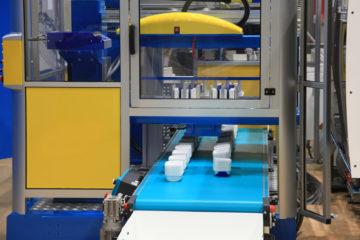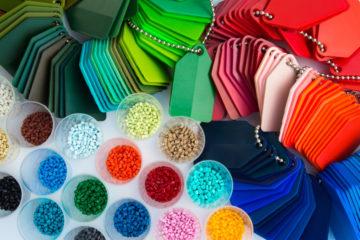To ensure a successful finished product, you need to be aware of the process that goes into making your component. This should be at the forefront of your mind when considering the design of your part. Injection moulding will provide you with the component you want, and if you are able to consider its process in your design concepts you can guarantee a successful finished product.
- Coherence. Try to make your design uniform throughout. That is, wall thickness, rib thickness and corner radii, for instance, should all be the same values. This will help the part to cool uniformly.
- Wall thickness. Keeping your walls thin will ensure a faster cooling rate and less materials used. Lower cooling rate and less materials used will result in a shorter cycle time, allowing you more parts in a shorter amount of time, for less production cost.
- To strengthen parts, ribs are more effective than thicker walls. Adding ribs at right angles to a wall will add considerably to its overall strength. It is a common mistake to thicken the walls of a design to achieve this effect when ribs are a cheaper and more effective option.
- Ribs should be about half the main wall thickness.There can be some leniency here, but not too much or the ribs will be completely ineffective. Half is the generally accepted standard and is more than enough to increase a wall’s strength.
- Corners and edges should be rounded wherever possible. Sharp edges do not always come out perfectly when the part is ejected from the mould.
- Add a slight angle to the sides of your mold to allow easy release. A one or two degree angle should be applied to the mould on the face perpendicular to the parting line. This will allow for easy removal of the part from the mould.
- Avoid undercuts. Protrusions on the part that will snag on the mould core or cavity when it is opened can make it impossible to remove from the mould.
- Where possible, use lighter colours for your moulds. The mould is already cool when the molten material is being injected. As such it begins the setting process immediately and will sometime leave setting patterns. Using lighter colours will help y.to hide these patterns.
Injection moulding is the industry standard for creating lasting, quality parts. To be able to take advantage of this technology your design must meet its minimum requirements. Small considerations are all it takes and the result is a successful product that will meet all of your quality needs.
Subscribe to Our Newsletter
Get the latest news from Dienamics into your inbox





